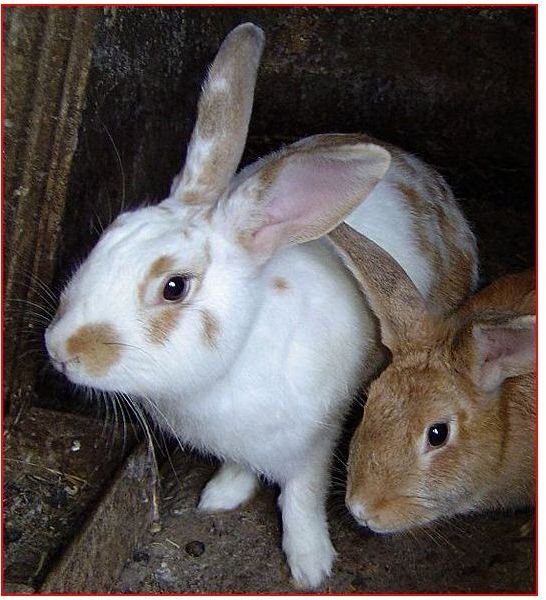Doraphobia: Causes, Symptoms and Treatments
Causes of this Abnormal Fear
Doraphobia, although rather rare in the world at large, can cause very real and palpable fear, dread, and anxiety in the person who has it. This phobia isn’t easily identifiable to the average person because the root word ‘dora’ is largely unknown. Dora is a Greek word that simply means “the skin or hide of an animal.” Dora is the root word stemming from the Greek verb derein which means “to skin or flay.” So this is where we get derm, the Greek word for skin, which generates words such as “dermatology” which is of course - the branch of medicine responsible for the diagnosis, treatment, and the prevention of diseases relating to the skin, hair, nails, and the like.
Therefore, doraphobia is fear and dread about touching the skin or fur of animals such as cats, dogs, foxes, beavers, ferrets, and rabbits. Although the prospect of touching some animals (especially wild ones) is undesirable and “icky” for many folks, it is downright repulsive to the doraphobic. This fear is acute and the anxiety it causes in those suffering from it is exaggerated and heightened to the point where it can be rather uncomfortable for doraphobic persons to be near animals, something that would be no big deal for the average person.
Although it’s difficult to pinpoint the exact cause in a case by case basis, it’s believed that real or imagined negative encounters that children experience might cause this fear that remains pervasive throughout life. Just like the great dread and anxiety children feel after being exposed to a horror movie, being frightened at an early and impressionable age in a real and scary setting with furry animals or just hearing about one might bring about this disorder.
Humans can react differently in a given situation so phobias are never to be scoffed at or discarded. You can’t understand until you walk in another’s shoes so the saying goes. Some believe that even popular kids stories like The Big Bad Wolf or 101 Dalmatians and Rikki-Tikki-Tavi might bring about the onset of doraphobia if they first heard it in the ideal (yet not completely understood) conditions that would cause this phobia. After all, no one wants to see granny wolfed down by a hungry predator. Another cause can be traced to vegetarians and animal rights activists who are disgusted by the exploitation of some animals for things like fur coats.
Symptoms and Treatments
Symptoms experienced by the doraphobic can include an irrational fear of animal skin and fur resulting in panic, terror, a rapid heartbeat, shortness of breath, and taking extreme measures and efforts to avoid situations where such an encounter would seem like a possibility to them.
Treatment is a good idea because prolonged avoidance might exacerbate the symptoms and the avoidance measures taken could make a person miss out on otherwise pleasant experiences in life and possibly annoy friends and family who don’t understand.
Treatment plans include behavior therapy, proscribing anti-anxiety medication, cognitive-behavioral therapy (CBT), relaxation techniques (visualizations and controlled breathing), hypnosis, and exposure therapy (gradually exposing the phobic to the feared animals until they become less frightened by the experience).
Talk to a trained mental health professional if you or someone you care about has this phobia. Although it is an irrational fear, it’s very real to someone who has it. But help is available and lessening the amount of anxiety and stress a person feels is always a healthy idea.
Sources
https://www.medterms.com/script/main/art.asp?articlekey=32812
Psych Central.com
Phobia Fear Release: https://www.phobia-fear-release.com/doraphobia.html
Image Credit: https://commons.wikimedia.org/wiki/File:Rabbits_DSC00372.JPG David Monniaux
